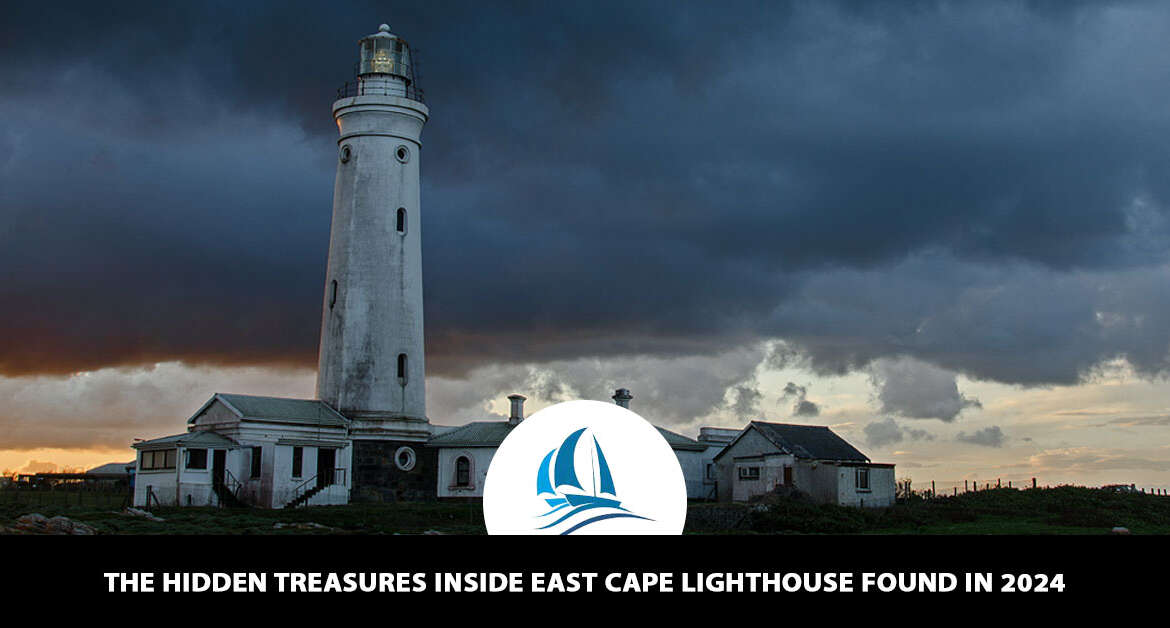Discovering the East Cape Lighthouse: A Beacon of New Zealand’s Coastal Heritage
Nestled on the easternmost point of New Zealand’s North Island, the East Cape Lighthouse stands as a proud sentinel overlooking the vast Pacific Ocean. This iconic landmark, rich in history and surrounded by breathtaking scenery, is a must-visit for anyone exploring New Zealand.
In this article, we will delve into the history, significance, and visiting tips for the East Cape Lighthouse, making sure you have a comprehensive guide for your journey.
The Historical Significance of the East Cape Lighthouse
A Beacon Through Time
The East Cape Lighthouse has been guiding mariners since 1900. Originally located on East Island, it was moved to the mainland in 1922 due to persistent earthquakes and erosion on the island. The lighthouse played a crucial role in ensuring the safety of ships navigating the treacherous waters of the East Cape, an area notorious for its rough seas and hidden reefs.
Construction and Design
The lighthouse is constructed from cast iron and stands 15 meters tall. Its light, visible from 49 kilometers away, has been a crucial navigational aid for over a century. The structure is a testament to the engineering skills of the early 20th century and has withstood the test of time and nature.
Visiting the East Cape Lighthouse
Planning Your Trip
Before setting out to visit the East Cape Lighthouse, it’s important to plan your trip thoroughly. The lighthouse is located near the small town of Te Araroa, which is about a 3-hour drive from Gisborne. The journey involves winding coastal roads that offer stunning views but require careful driving.
Step-by-Step Guide to Reaching the Lighthouse
- Start from Gisborne: If you’re coming from Gisborne, take State Highway 35 (Pacific Coast Highway) towards Te Araroa.
- Drive Carefully: The road to Te Araroa is scenic but can be challenging. Ensure your vehicle is in good condition and take your time to enjoy the views.
- Arrive in Te Araroa: Once in Te Araroa, follow the signs to the East Cape Lighthouse. The road turns into a gravel path as you approach the lighthouse.
- Prepare for the Hike: The final leg of the journey involves a 20-minute hike up a hill. Wear comfortable shoes and bring water, as the trail can be steep.
What to Expect
Upon reaching the East Cape Lighthouse, you’ll be greeted with panoramic views of the Pacific Ocean and the rugged coastline. The tranquility of the location, combined with the historic significance of the lighthouse, makes for an unforgettable experience.
Anecdotes from the Lighthouse
The Keeper’s Tales
In the early days, the lighthouse keepers played a vital role in maintaining the light and ensuring it functioned correctly. One anecdote tells of a keeper who, during a severe storm, had to climb the tower every hour to manually turn the light, as the mechanism had broken down. His dedication ensured that ships could navigate safely through the stormy seas.
A Visitor’s Experience
A recent visitor shared their experience of watching the sunrise from the lighthouse. Arriving before dawn, they made the hike in the early morning light and were rewarded with a spectacular sunrise over the Pacific Ocean. This moment of natural beauty, combined with the historical aura of the lighthouse, created a lasting memory.
The Natural Beauty Surrounding the Lighthouse
Flora and Fauna
The area around the East Cape Lighthouse is rich in native flora and fauna. You might spot rare bird species and unique plant life as you make your way to the lighthouse. The untouched natural environment adds to the allure of the location.
Marine Life
The waters around the East Cape are teeming with marine life. From playful dolphins to migrating whales, the ocean here is full of surprises. Bring a pair of binoculars to enhance your wildlife viewing experience.
The Importance of Preserving Maritime Heritage
Conservation Efforts
Preserving the East Cape Lighthouse and its surroundings is vital for maintaining New Zealand’s maritime heritage. Efforts are ongoing to protect the structure from the harsh coastal weather and to maintain the natural environment.
Supporting Local Communities
Visiting the East Cape Lighthouse also supports the local communities. By staying in local accommodations, dining in local eateries, and purchasing from local businesses, you contribute to the region’s economy and help preserve its unique culture and heritage.
Conclusion: Embark on Your Journey with Confidence
The East Cape Lighthouse is more than just a navigational aid; it’s a symbol of New Zealand’s rich maritime history and a beacon of natural beauty. By planning your trip carefully and respecting the environment, you can enjoy a safe and memorable visit to this iconic landmark.
Whether you’re a history enthusiast, a nature lover, or simply seeking a unique adventure, the East Cape Lighthouse has something to offer. So, pack your bags, prepare your camera, and set out to explore one of New Zealand’s most remarkable coastal treasures.



Leave a reply